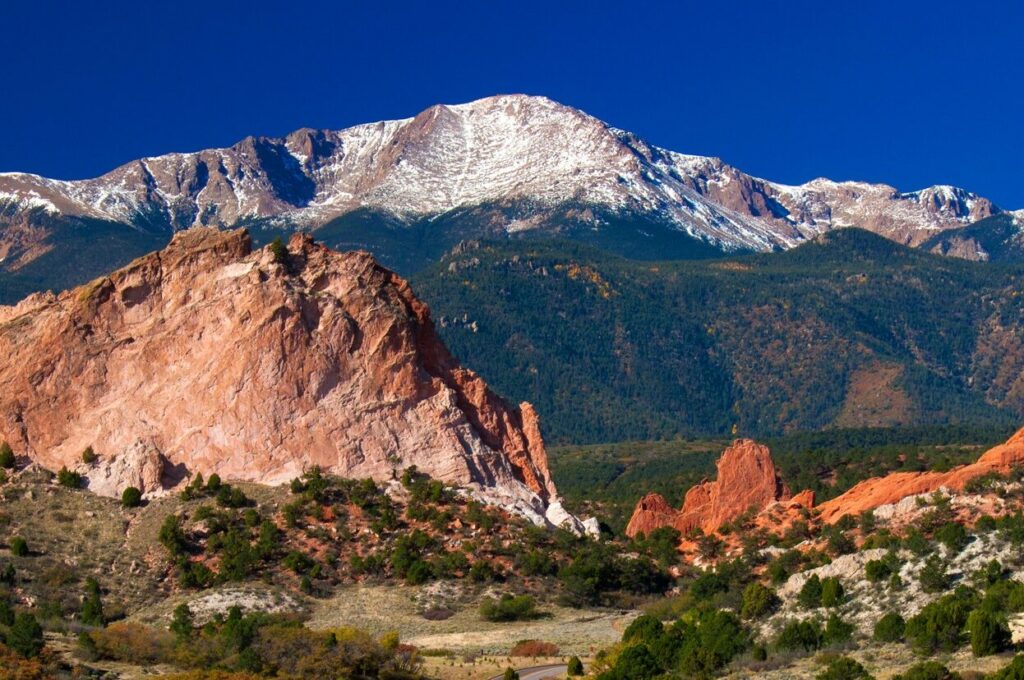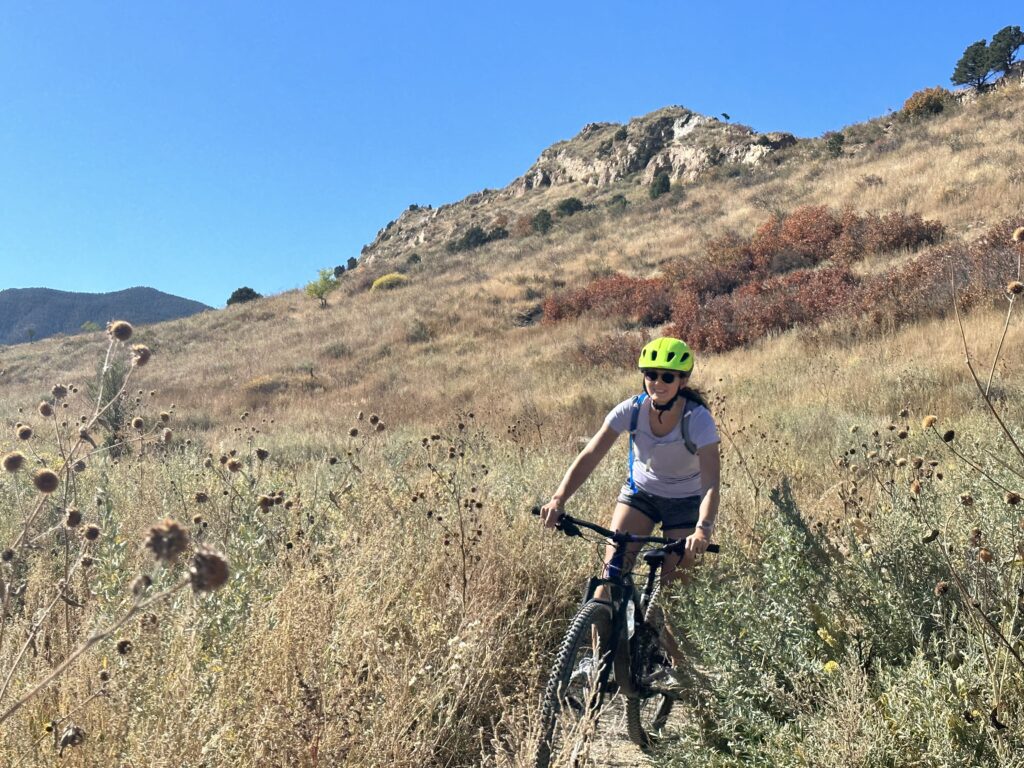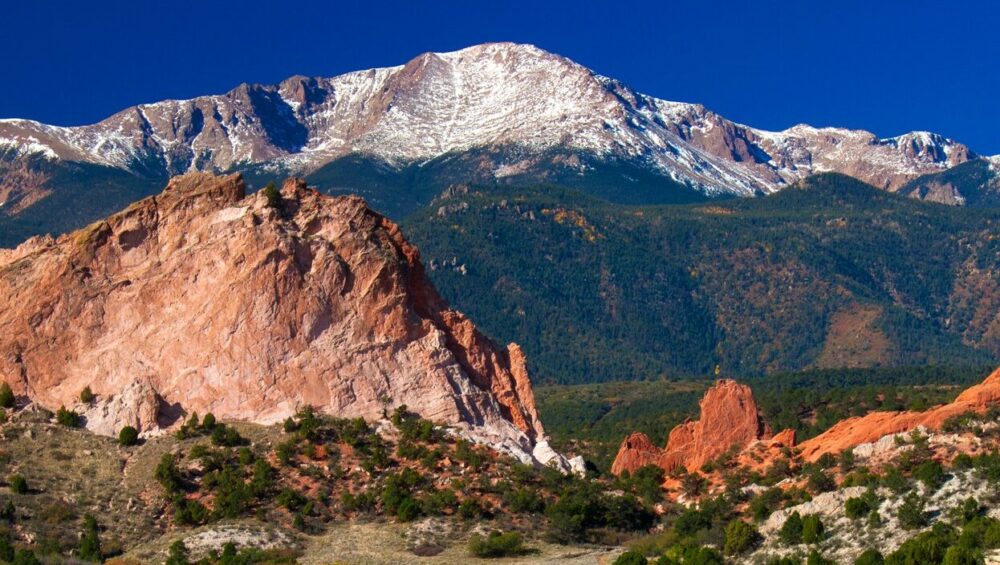Colorado is an outdoor adventurer’s paradise, with soaring peaks, breathtaking trails, and adrenaline-pumping activities like ziplining, mountain biking, and hiking. But before you lace up your boots or clip into a harness, there’s one crucial thing to consider: altitude.
At higher elevations, the air is thinner, oxygen levels are lower, and dehydration happens faster. Whether you’re hiking in Rocky Mountain National Park, biking down Pikes Peak, or ziplining above Seven Falls, knowing how to prepare can make or break your adventure.
Here’s your complete guide to staying safe, feeling great, and fully enjoying Colorado’s high-altitude adventures.
What Is High Altitude?
Anything above 5,000 feet is considered high altitude, but in Colorado, many popular outdoor destinations exceed 8,000 to 14,000 feet!
- Colorado Springs – 6,035 feet
- Seven Falls Zipline – ~7,000 feet (Book a zipline adventure here!)
- Breckenridge – 9,600 feet
- Pikes Peak Summit – 14,115 feet (Ride up, bike down!)
- Rocky Mountain National Park – 7,500 to 14,259 feet
At these elevations, oxygen levels drop by 20-40%, making breathing, hydration, and energy management critical.

How to Prevent Altitude Sickness
Altitude sickness can strike anyone, regardless of fitness level. Symptoms include headaches, nausea, dizziness, and shortness of breath. But don’t worry—these simple steps will help you avoid it and stay strong on your adventure. For more in depth information, check out THIS resource.
1. Arrive Early & Acclimate Slowly
The higher you go, the more time your body needs to adjust.
- If possible, arrive in Colorado a day or two early to adjust before tackling strenuous activities.
- Spend time in a mid-altitude area (like Denver or Colorado Springs) before heading to higher elevations.
- If climbing above 10,000 feet, ascend gradually rather than all at once.
2. Hydrate, Hydrate, Hydrate
Dehydration happens faster at altitude.
- Drink at least twice as much water as you normally would.
- Avoid alcohol and caffeine for the first 24–48 hours, as they speed up dehydration. They also affect your system quicker at altitude.
- Consider electrolyte drinks (like Gatorade or Nuun) for extra hydration support.
3. Fuel Your Body with the Right Foods
Eat light, but often.
- Carbs are your best friend at high elevations—opt for whole grains, fruits, and veggies.
- Protein-rich snacks (like nuts or jerky) will help maintain your energy levels.
- Avoid heavy, greasy foods that can be harder to digest at altitude.
4. Pace Yourself & Take Breaks
Don’t rush your adventure.
- Move slower than usual, especially on the first day.
- If hiking, use the “rest step”—a technique where you pause slightly after each step to conserve energy.
- Listen to your body—if you feel lightheaded, stop and rest.
5. Pack Smart for High-Altitude Conditions
Bring the right gear to stay comfortable and protected.
- Layers are key—temperatures drop quickly at higher elevations.
- A hat, sunglasses, and sunscreen—UV exposure is much stronger at altitude!
- Lip balm with SPF—dry air can chafe lips and skin quickly.
- Gloves (even in summer)—mountain air can be surprisingly cold.

Best High-Altitude Adventures in Colorado Springs and surrounding areas
1. Ziplining Over Seven Falls
If you’re looking for an adrenaline rush with jaw-dropping views, ziplining high above Seven Falls in Colorado Springs is a must. You’ll soar over the canyon, cross suspension bridges, and experience one of the most thrilling zipline courses in the country.



2. Hiking a Colorado 14er (14,000-Foot Peak)
If you want to test your endurance, hiking a 14er is the ultimate high-altitude challenge. Popular choices include:
- Pikes Peak (14,115 feet) – Hike or bike down after taking the Cog Railway up! (Learn more)
- Mt. Bierstadt (14,065 feet) – A beginner-friendly 14er, just 1.5 hours from Denver.
- Quandary Peak (14,265 feet) – One of the most accessible peaks near Breckenridge.
3. Mountain Biking in North Cheyenne Cañon
High-altitude mountain biking is an incredible way to explore Colorado’s rugged terrain while testing your endurance. North Cheyenne Cañon in Colorado Springs offers:
- Beginner-friendly trails
- Technical descents for advanced riders
- Scenic overlooks & wildlife spotting

4. White Water Rafting at High Elevation
Rafting in Colorado isn’t just thrilling—it’s one of the best ways to experience high-altitude adventure. Popular rivers include:
- Arkansas River – Class III-IV rapids through Browns Canyon and the Royal Gorge.
- Clear Creek – Near Denver, with fast-paced technical rapids.
- Colorado River – Milder, family-friendly floats through scenic canyons.

Final Thoughts: Get Ready for High-Altitude Adventure!
Colorado’s high-altitude adventures offer thrill, beauty, and unforgettable experiences—but preparation is key. Acclimate, hydrate, fuel your body, and pace yourself, and you’ll be ready to conquer the mountains like a pro. To find other outdoor adventures in Colorado, check out the Colorado Tourism Site!
Are you ready to take on ziplining, biking, rafting, or hiking at high elevation? Start planning your adventure today with Broadmoor Outfitters and experience Colorado’s best outdoor activities!


